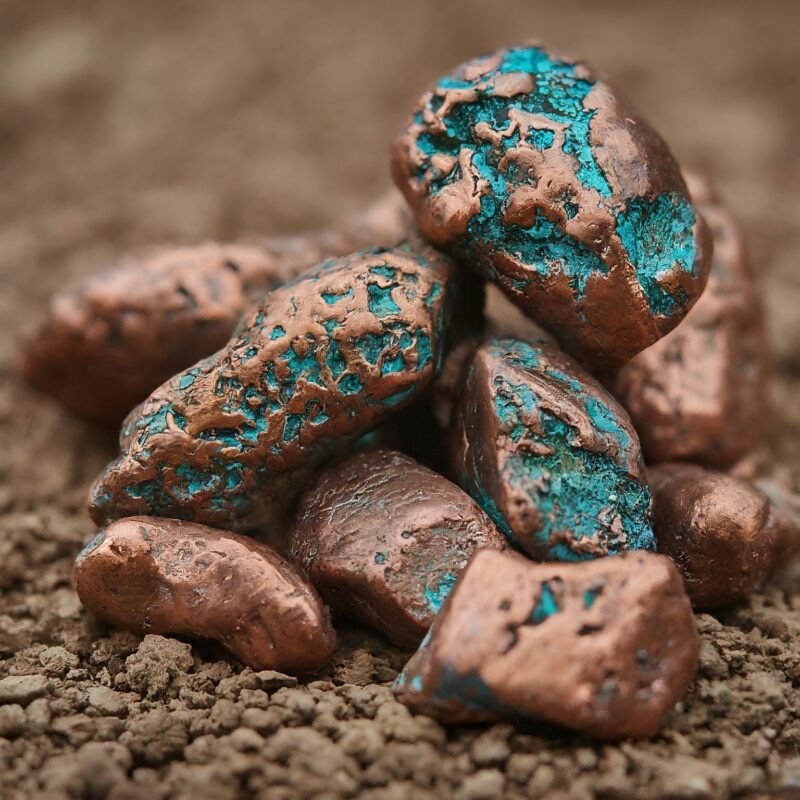Stelar Metals (ASX: $SLB) discovers high-grade copper rock chip assays at Baratta
- Author: Stock Piper

Stelar Metals (ASX: $SLB) Baratta Copper Project Update
Stelar Metals Limited (ASX: $SLB) has reported significant findings from the Baratta Copper Project in South Australia. The company's laboratory-assayed rock chip samples collected along a 3-kilometre strike length have revealed consistent high-grade copper, with assays returning up to 28.7% copper. This validates the recently announced soil results and indicates the project's high prospectivity for Sediment-hosted Stratabound Copper mineralisation, similar to the Central African Copper Belt.
Executive Commentary
The laboratory-assayed rock chip samples from the Baratta Copper Project have provided compelling evidence of the high-grade copper potential at the site. The consistent high-grade copper in rock chips along the 3-kilometre strike, with some samples returning grades over 10% copper, is a promising indication of the project's prospectivity. The geological mapping and surface sampling will continue to further explore the strike potential, and we are optimistic about the ongoing surface sampling and geological mapping study. The Baratta project's geological setting displays characteristics similar to those seen in the Central African Copper Belt, positioning it as a highly prospective area for copper mineralisation.
Summary and Outlook
Stelar Metals' discovery of consistent high-grade copper in rock chip samples at the Baratta Copper Project marks a significant development for the company. The validation of high-grade copper assays, with some samples returning over 10% copper, underscores the project's potential for Sediment-hosted Stratabound Copper mineralisation. The geological similarities to the Central African Copper Belt further enhance the project's prospectivity. With ongoing surface sampling, geological mapping, and plans for additional rock chip assays, Stelar Metals is poised to continue its exploration efforts at Baratta. The company's focus on critical minerals, including copper, aligns with the increasing global demand for these resources, positioning Stelar Metals for potential growth and contribution to the achievement of net zero emissions.


